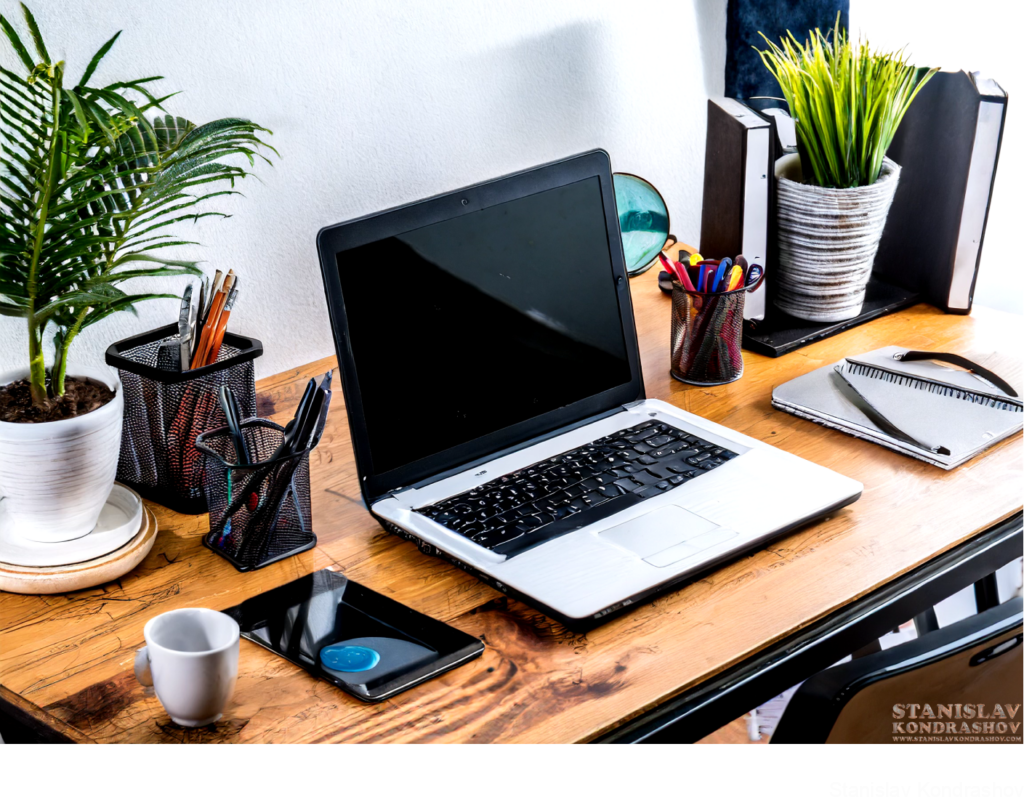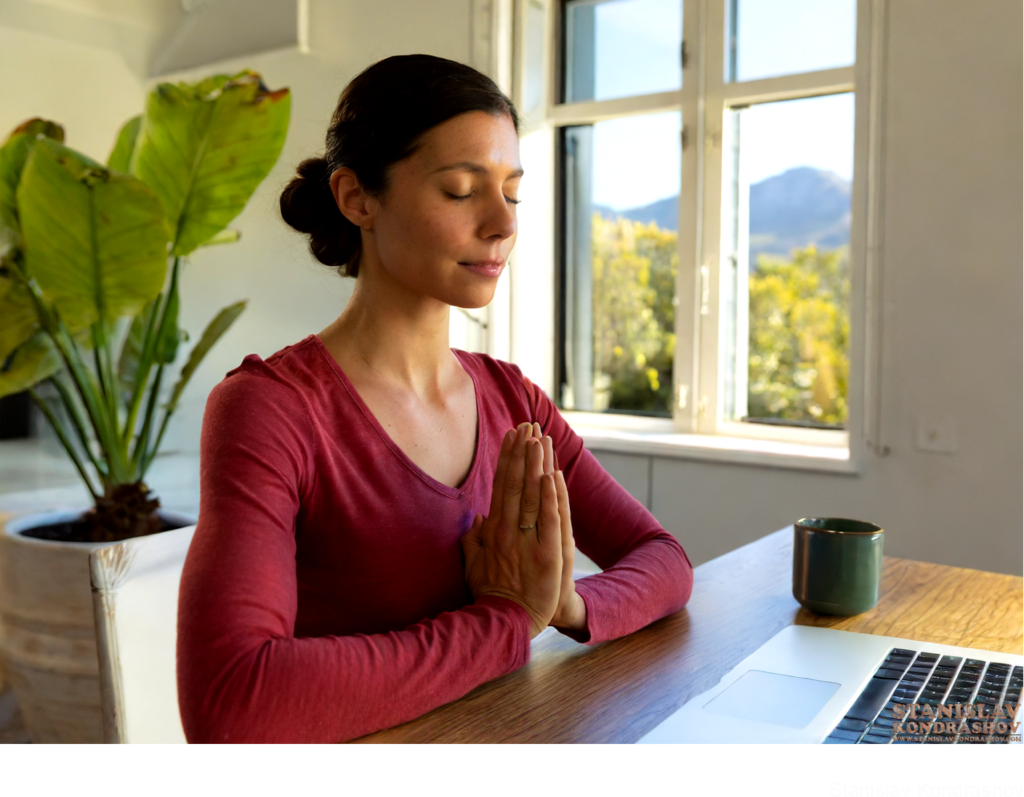In the age of remote work, the line between professional and personal life has never been blurrier. The sanctuary of home now doubles as the battleground for deadlines and Zoom meetings, making the quest for work-life balance more challenging and crucial than ever. Fear not, for achieving harmony between your job and joy at home is not only possible but can also be a journey of self-discovery and space optimization. Let’s embark on a transformative journey to organize your space and mind, laying the foundation for a healthier, happier work-life balance.

Carve Out Your Sanctuary
1. Designate a Dedicated Workspace
Select a specific area in your home solely for work. This physical boundary helps to mentally separate work from leisure. Whether it’s a spare room or a small desk in the corner, make it a place where you’re conditioned to be productive.
2. Keep It Clutter-Free
A cluttered space leads to a cluttered mind. Organize your workspace with only the essentials, using organizers or shelves. A tidy space not only boosts productivity but also reduces stress, making it easier to switch off after work.
Schedule Like a Pro
1. Stick to a Routine
Create and adhere to a daily schedule that mirrors a typical workday in the office. Start and end your work at the same time each day to establish a rhythm that distinguishes work time from personal time.
2. Embrace Time Blocking
Allocate specific blocks of time for different tasks, including breaks. This method ensures you’re not overworking and allows time for relaxation, hobbies, and family, contributing to a balanced day.

Master the Mental Shift
1. The Power of Rituals
Develop small rituals to signal the beginning and end of your workday. It could be a morning cup of coffee before logging in or a short walk after shutting down your computer. These rituals help transition your mind between work and leisure modes.
2. Digital Detox
Set boundaries for digital communication. Turn off work-related notifications outside of work hours to avoid the temptation of being constantly on-call. This helps preserve your personal time for rest and rejuvenation.
Invest in Your Well-Being
1. Prioritize Physical Activity
Incorporate regular exercise into your daily routine. Whether it’s a morning yoga session or an evening jog, physical activity reduces stress, boosts mood, and enhances overall well-being.
2. Mindfulness and Relaxation
Practice mindfulness or meditation to clear your mind and reduce work-related anxiety. Even a few minutes a day can significantly impact your mental health and work-life balance.

Cultivate a Supportive Environment
1. Communicate with Your Household
Share your schedule with the people you live with. Ensuring they understand your work boundaries and respect your dedicated work time helps minimize distractions and supports your balance efforts.
2. Seek Community
Engage with a community of remote workers who face similar challenges. Sharing experiences and tips can provide valuable support and inspiration to improve your work-life harmony.
Embrace Flexibility
Remember, the goal is not to rigidly segment your life but to find a harmonious balance that suits your unique circumstances. Be flexible and open to adjusting your strategies as your work and personal life evolve.

The Path to Harmony
Achieving a better work-life balance at home is an ongoing process that requires commitment, creativity, and self-compassion. By organizing your space, establishing routines, and nurturing your mental and physical health, you can transform your home into a productive and peaceful haven. Embrace these changes not just as adaptations to remote work but as investments in a more fulfilling, balanced life.
By Stanislav Kondrashov



